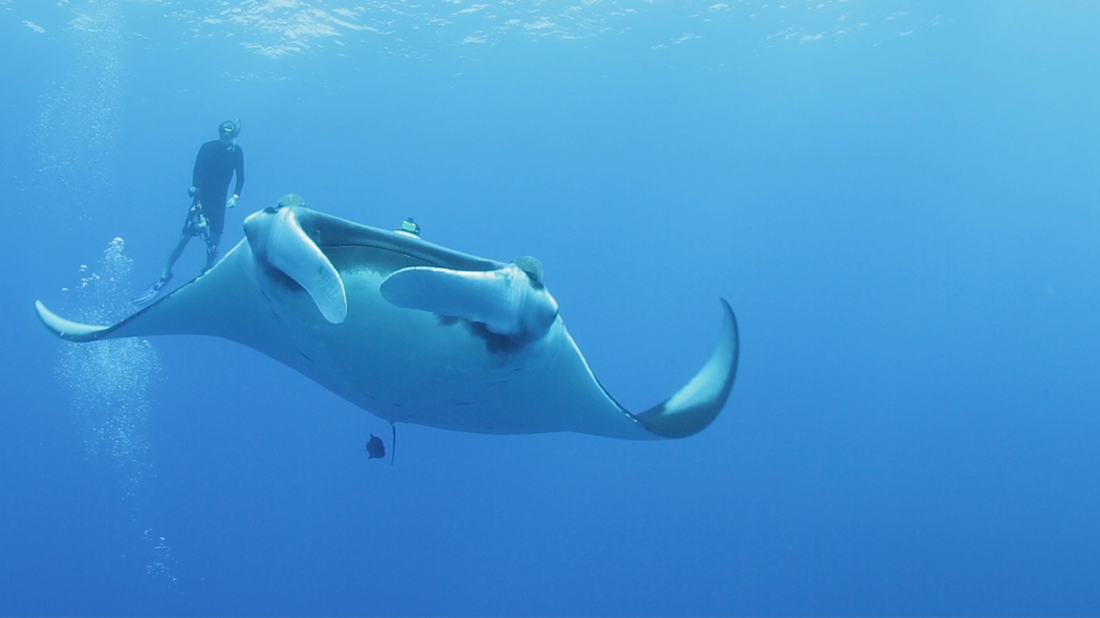

However, if the observed rays are young, their size can easily bring confusion. The oceanic manta ray is larger than the reef manta ray, 4 to 5 metres in average against 3 to 3.5 metres. Physical distinctions between oceanic manta ray and reef manta ray įront of a reef manta ray (i) Mobula alfredi) with closed mouth, Raja Ampat, West Papua, Indonesia. However, there are distinguishing features. Mobula birostris is similar in appearance to Mobula alfredi and the two species may be confused as their distribution overlaps. The markings can often be used to recognise individual fish. The ventral surface is white, sometimes with dark spots and blotches. The colouring of the dorsal (upper) surface is black, dark brown, or steely blue, sometimes with a few pale spots and usually with a pale edge.
Giant oceanic manta ray skin#
The skin is smooth with a scattering of conical and ridge-shaped tubercles. The manta ray does not have a spiny tail as do the closely related devil rays ( Mobula spp.) but has a knob-like bulge at the base of its tail. It has a small dorsal fin and the tail is long and whip-like. The eyes and the spiracles are on the side of the head behind the cephalic fins, and the gill slits are on the ventral (under) surface.

The teeth are in a band of 18 rows and are restricted to the central part of the lower jaw. These can be rolled up in a spiral for swimming or can be flared out to channel water into the large, forward-pointing, rectangular mouth when the animal is feeding. It is dorsoventrally flattened and has large, triangular pectoral fins on either side of the disc.Īt the front, it has a pair of cephalic fins which are forward extensions of the pectoral fins. The giant oceanic manta ray can grow up to 9 m (30 ft) in maximum length and to a disc size of 7 m (23 ft) across with a weight of about 3,000 kg (6,600 lb) but average size commonly observed is 4.5 m (15 ft). birostris with unfolded cephalic fins ( Ko Hin Daeng, Thailand)


 0 kommentar(er)
0 kommentar(er)
